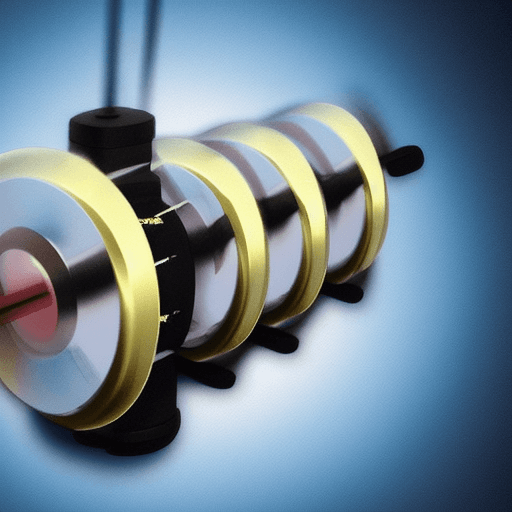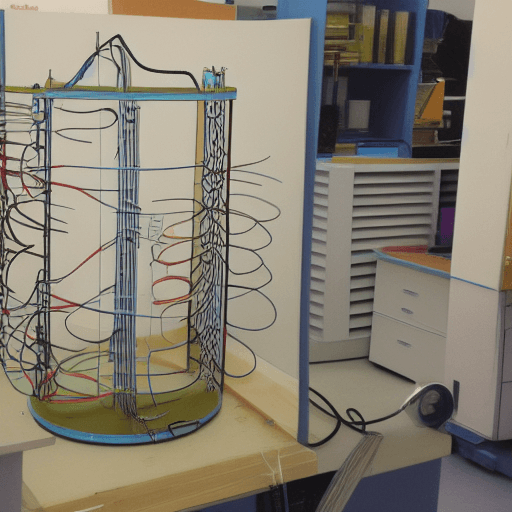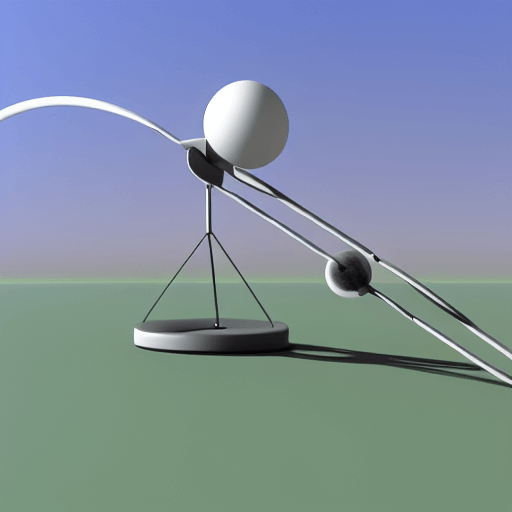What is dipole moment?
Let’s discuss dipole moment and what it means for molecules.
We will also talk about how dipole moments are used in chemistry and physics.

Dipole moment is a measure of the separation of positive and negative electrical charges in a molecule, and it’s typically measured in debye units (D).
Explain It To A Child
The dipole moment is a measure of how the positive and negative electrical charges are separated within a molecule. This separation creates an area of partial charge within the molecule, which then creates an electric field.
Larger dipole moments indicate greater separation of positive and negative charges, which means that the molecule is more polar.
Polar molecules are good at solvating other polar molecules because they can orient their dipole moments in such a way that they line up with the dipole moments of the solute molecules.

This interaction between polar molecules is called hydrogen bonding, and it’s responsible for many of the desirable properties of water, such as its high heat capacity and dielectric constant.
What is dipole moment?
A dipole moment is a measure of the separation of positive and negative electrical charges within a molecule.
- This separation creates a region of partial charge within the molecule, which in turn gives rise to an electric field.
- The size of the dipole moment is determined by the magnitude of the charge separation and the distance between the charges.
The units of dipole moment are typically given in Debye units (D), with 1 D corresponding to charge separation of 0.39 Coulombs at a distance of 1 Angstrom.
The dipole moment is an important parameter in many areas of chemistry, including molecular spectroscopy and reactivity.

In particular, it plays a role in determining the strength of intermolecular interactions, such as hydrogen bonding.
Molecules with large dipole moments tend to be more polar, and thus more likely to interact with other molecules via hydrogen bonding.
What is the symbol of the dipole moment?
The dipole moment is represented by the symbol μ.
It is a measure of the electrical polarization of a molecule and is equal to the charge on each atom times the distance between them.

The dipole moment can be used to predict the behavior of molecules in electric fields and is an important quantity in quantum mechanics. In addition, the dipole moment is related to the molecule’s symmetry.
For example, a molecule with a symmetrical structure will have a zero dipole moment, while a molecule with an asymmetrical structure will have a non-zero dipole moment.
As a result, a dipole moment is a useful tool for characterizing the structure of molecules.
What is the formula of dipole moment?
A dipole moment is a measure of the separation of positive and negative electrical charges within a molecule.
This property is responsible for the molecules’ ability to interact with other dipoles in electric and magnetic fields.
The SI unit for dipole moment is the debye (D), named in honor of Peter J.W. Debye, who made important contributions to the study of dipole moments.
The debye is equal to 10-18 coulombs times meters (C•m).
The most common way to represent a dipole moment is with an arrow whose length is proportional to the magnitude of the dipole moment and whose direction corresponds to the direction of the net dipole moment vector.
- The formula for dipole moment is m = Qr, where m is the dipole moment, Q is the charge, and r is the distance between the charges.
- For example, if two charged particles are separated by 1 meter and each has a charge of 1 Coulomb (1 C), then the dipole moment would be 1 D.
What is meant by dipole moment in physics?
In physics, the dipole moment is a measure of the separation of positive and negative charges within a molecule.
It is usually represented by an arrow, with the direction of the arrow indicating the direction of the dipole.
The magnitude of the dipole moment is given by the product of the charge on each end of the dipole and the distance between them.
Dipole moments are important in many areas of physics, including electric potential, nuclear magnetic resonance, and optical activity.
In molecules, dipole moments can arise from a variety of sources, including asymmetrical bond lengths, electronegativity differences, and concerts.
As a result, dipole moments play a vital role in many chemical and physical processes.
What is dipole moment in organic chemistry?
An important concept in chemistry, the dipole moment measures the distribution of charges within a molecule.
It is represented by an arrow with the electron-rich side of the molecule at the arrow’s head.
The strength of the dipole moment depends on the magnitude of the charge and the distance between the charges.
Dipole moments are important because they determine a molecule’s polarity, which in turn affects its interactions with other molecules.
- For example, molecules with strong dipole moments are more likely to dissolve in water than those with weak dipole moments.
- Dipole moments also play a role in determining a molecule’s reactivity.
- In general, molecules with higher dipole moments are more reactive than those with lower dipole moments.
As such, the dipole moment is an important consideration in organic chemistry.
Examples of dipole moments in everyday life
Dipole moments occur when the centers of positive and negative charges are not symmetrically placed, resulting in a net electric dipole.
A common example of a dipole moment is water molecules, which have a partial negative charge on the oxygen atom and a partial positive charge on the hydrogen atoms.
This unequal distribution of charges creates a dipole moment, which allows water molecules to interact with each other and with other molecules that have dipole moments.
Dipole moments are responsible for many of water’s unique properties, such as its high surface tension and strong intermolecular forces.
Without dipole moments, water would be a very different substance.
Therefore, the dipole moment is a measure of the polarity of a molecule.
The dipole moment can be used to predict the strength of intermolecular interactions, and to understand the behavior of molecules in electric fields.
Article Sources
Jacks of Science sources the most authoritative, trustworthy, and highly recognized institutions for our article research. Learn more about our Editorial Teams process and diligence in verifying the accuracy of every article we publish.
